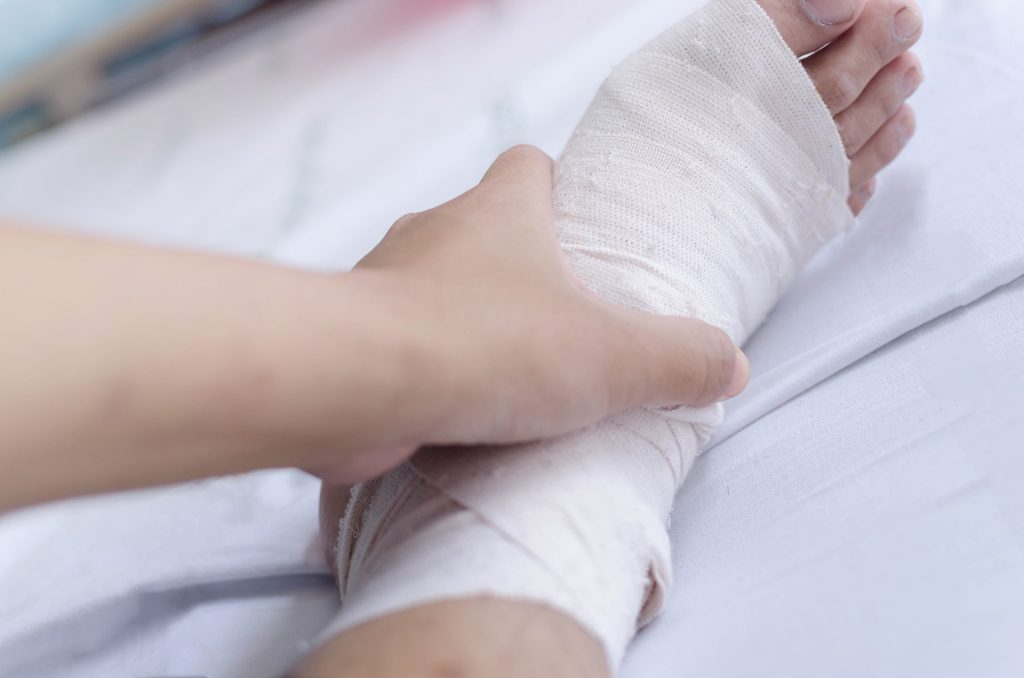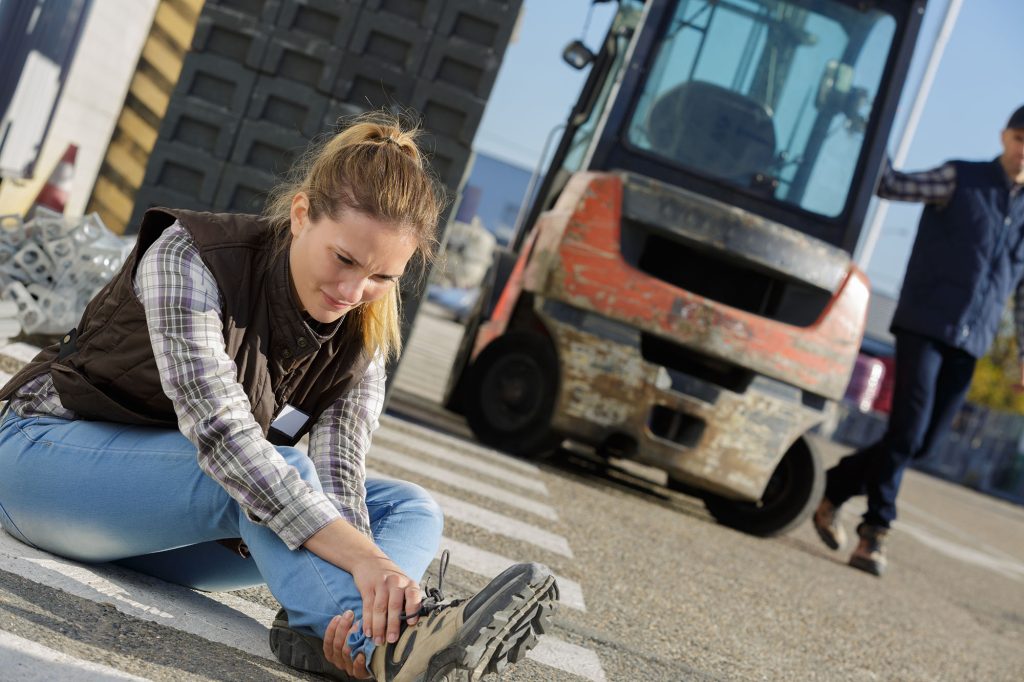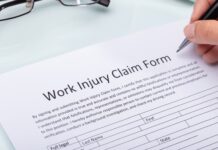Safety is a crucial aspect of the workplace. Some jobs have safe and secure environments, while some work cannot be done without taking a few risks. The matter becomes more complicated when the risks are related to human health. Unfortunately, even with the best safety strategies, you can get injured in the workplace.
Workers’ injuries can disrupt the victim’s lifestyle and significantly damage the financial condition of the economy. If you were injured at your workplace, you have certain rights. Consult with a attorney today to understand your rights.
Topmost common workers’ comp injuries
-
Strains and sprains

30% of the total workers’ comp claims arise from strains and sprains. Everyone experiences sprain and strains from time to time, even doing the most basic household work.
Therefore, it is not a surprise that these injuries occur in the workplace. These accidents in Washington usually occur due to slips, trips, and falls. The best way to avoid such events is by wearing proper footwear.
Some other ways to prevent this type of injury include:
- Ensure proper lighting so everyone can have a clear vision of their path.
- Clean up spills and leaks immediately after they occur.
- Conduct inspections of work areas to look for uneven walking surfaces.
-
Struck by objects
Being struck by objects is another common accident that everyone experiences in their daily life. However, when such accidents happen in the workplace, the injuries are worse.
Flying, swinging, falling, and rolling objects can injure workers—for example, a flying hammer injuring a worker to building materials falling off the building. Broken bones, eye injuries, and deep lacerations are some common injuries.
-
Contusions

Contusions are injuries that can occur on the body after something bumps into the body very hard or when someone suffers a fall. They look like bruises. Not all bruises pose a significant threat to human health.
However, if you start feeling severe pain or experience swelling after 30 minutes of the accident, you should consult a doctor. Certain contusions, if ignored, can lead to life-threatening conditions.
-
Cumulative trauma
Cumulative or continuous trauma is when you accumulate trauma over a long period by experiencing it over and over again. The best way to prevent this is to take regular breaks between work. One should not push their bodies more than their capability. Moreover, one person’s physical capability may not be the same as the other.
-
Lacerations

A laceration is a deep cut in the skin or the flesh. Lacerations in the workplace can occur due to the usage of inappropriate tools or tools that have not been repaired or maintained for a long time.
Workers can also acquire a deep cut from operating machinery in the incorrect way or when they are not wearing protective equipment. Poor lighting and clutter are also factors that increase the risks of lacerations.
-
Punctures
A puncture, in this sense, is different from tire punctures. A puncture wound occurs when a pointed object, such as a sharp knife or nail, cuts into your skin. These wounds often appear to be on the surface but may be deeper into the skin than you realize. Some of these wounds even reach the bones.
Punctures are quite common in workers’ comp injuries coming from people working in construction areas. Construction areas are full of sharp tools and equipment. Injuries may occur due to improper handling of tools.
-
Vehicle-related accidents

If your work involves working with vehicles, the chances of accidents increase significantly. Some of the common vehicle-related accidents include being struck or run by a moving vehicle, being struck by things falling from a vehicle, or getting crushed under an overturned vehicle.
Avoiding these accidents requires proper training of the person operating the vehicle and other people working around them. Try to determine the risks and the people who are more likely to get hurt due to these risks. This will help you fix the workplace design accordingly.
-
Fire and explosions
Fire and explosions are also common accidents and the reason for many deaths and injuries in the workplace. In fact, these can be the worst accidents to happen. Risk factors include faulty gas lines, open flames, or improperly stored combustible materials.
Some common injuries resulting from fires and explosions include various degrees of burn, damage to the respiratory system, and potential disfigurement.
-
Overexertion and muscle stress

Overexertion injuries can cause long-term injuries and pain and lead to a reduction in productivity. These types of injuries are often caused by the following.
- Improper lifting technique
- Repetitive work with no breaks
- A collapsing structure
- Microtasks on a factory line
- Manually lifting heavy objects
- Jumping to another level
- Typing or moving a mouse without good ergonomics
To prevent this, an employer must provide adequate training to their employees for working in a way that teaches how to prevent muscle strains. It is important to receive frequent breaks in between work to avoid overexertion and muscle stress.
-
Exposure to harmful substances
People working around chemicals or in loud environments may experience severe injuries to their ears, eyes, and skin. To prevent this, they must be provided with proper protective equipment and the training to use them the way they are meant to be used.
How to reduce the chances of injuries in the workplace?

Here are a few steps that will help you and your co-workers reduce the chances of injuries in the workplace.
- Educate employees and other staff about the importance of practicing safety measures and the consequences of non-compliance.
- Use the right protective equipment in the proper way. The employer should enforce rigorous training and monitoring of the employees.
- Hire the right number of staff. Understaffed industries are more at risk of accidents since the existing employees are burdened with work.
- Inspect all the work vehicles regularly. Accidents related to vehicles are quite common and only happen due to a lack of maintenance. All the important vehicle parts, such as the brakes, engines, and tires, should be checked regularly.
- Keep an orderly workplace. The workplace should be clean and free of debris. It should have adequate foot markings and warning signs for dangerous areas.














